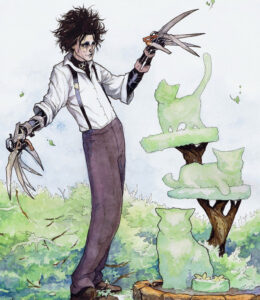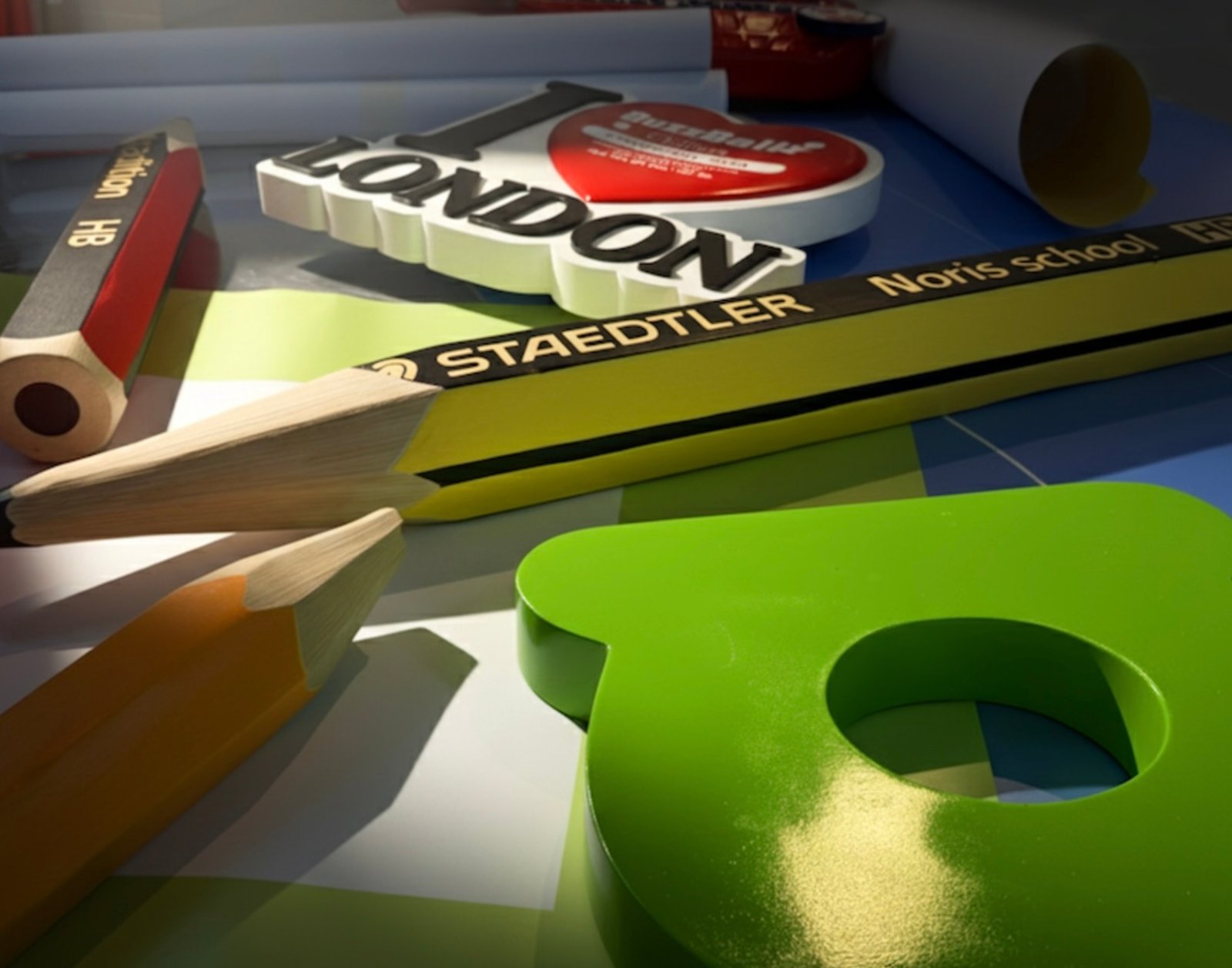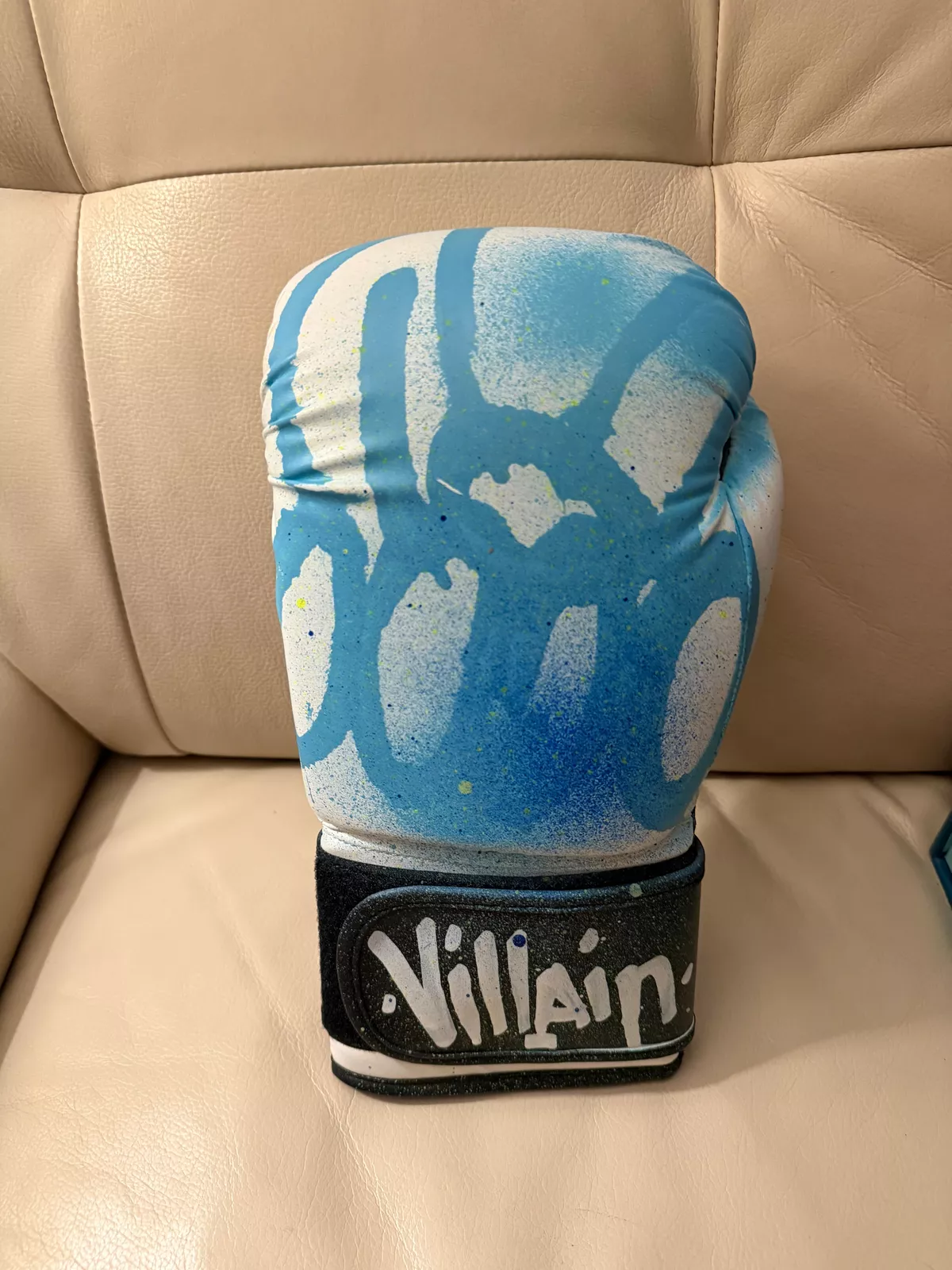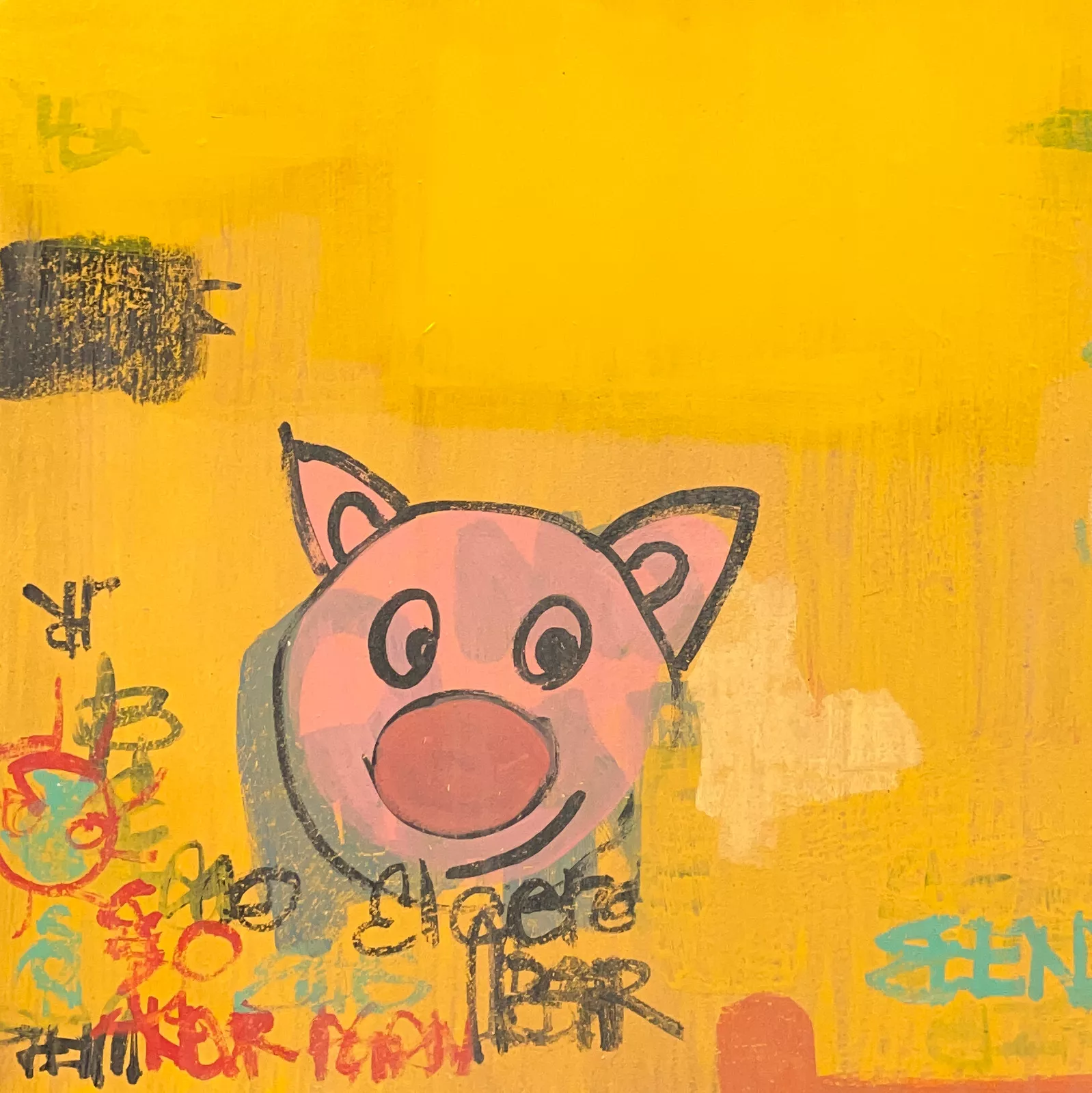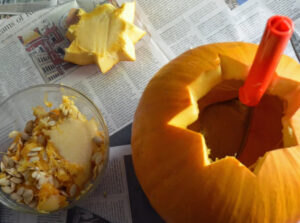Tim Burton’s Edward Scissorhands (1990) stands as one of the most beloved films in modern cinema, blending whimsical fantasy with gothic melancholy to create an emotionally resonant and visually stunning masterpiece. The movie’s iconic character, Edward, is a testament to Burton’s unparalleled ability to craft deeply sympathetic and visually unforgettable figures. While the film itself is a marvel of set design, costume, and performance, much of its brilliance can be traced back to Burton’s original concept sketches. These drawings provide a fascinating glimpse into the creative process behind the film and reveal the director’s unique artistic vision.
Tim Burton’s Artistic Background
Before becoming one of Hollywood’s most distinctive directors, Burton was a visual artist. A graduate of the California Institute of the Arts (CalArts), he honed his skills in drawing and design before entering the world of filmmaking. His artistic style is immediately recognizable, with its quirky, exaggerated proportions, gothic elements, and emotional depth.
These stylistic trademarks are evident in Burton’s concept sketches, many of which serve as the foundation for his films. His artwork is more than just a tool for planning; it’s a form of storytelling in its own right, offering insight into the tone, mood, and themes of his films.
Edward Scissorhands: A Gothic Fairy Tale
Edward Scissorhands tells the story of an artificial man named Edward, created by an inventor who dies before finishing his creation. Left with scissors for hands, Edward is discovered by a suburban family and struggles to fit into a world that fears his differences. The film explores themes of isolation, identity, and the clash between individuality and conformity.
Burton’s sketches of Edward Scissorhands capture these themes with poignant detail. From Edward’s haunted, expressive eyes to his delicate posture and jagged hands, every line in Burton’s drawings conveys a sense of fragility and loneliness. These early sketches were instrumental in shaping the character’s final look, which was brought to life by actor Johnny Depp and the costume design team.
The Evolution of Edward’s Design
Burton’s initial sketches of Edward reveal a character that is both vulnerable and otherworldly. The elongated limbs, pale complexion, and wild hair are exaggerated in his drawings, emphasizing Edward’s alienation and inner turmoil. His scissor hands, depicted in intricate detail, are both a symbol of his uniqueness and a source of his suffering.
The sketches also highlight Burton’s fascination with contrasts. Edward’s dark, gothic appearance is juxtaposed against the pastel-colored, cookie-cutter world of suburban America. This visual clash is central to the film’s narrative, and Burton’s art captures it beautifully.
In interviews, Burton has explained that Edward’s design was inspired by his own feelings of being an outsider. “Edward’s look reflects the way I felt growing up,” Burton once said. “He’s different, but he’s also gentle and artistic. That’s a part of me.”
The Role of Burton’s Sketches in Production
Burton’s sketches served as a guide for the film’s production team, including costume designer Colleen Atwood and makeup artist Ve Neill. Atwood used Burton’s drawings as a blueprint for Edward’s iconic leather suit, which is composed of various straps, buckles, and stitched-together pieces. The costume reflects Edward’s incomplete nature and reinforces the theme of imperfection.
Similarly, Neill relied on Burton’s sketches to create Edward’s pale, scarred makeup. The intricate scars on Edward’s face, which appear in Burton’s drawings, are a visual reminder of his tragic backstory and his struggles with self-acceptance.
Burton’s art also influenced the film’s set design. His drawings of Edward often feature surreal, twisted landscapes, which inspired the gothic castle where Edward is created and the meticulously manicured lawns of the suburban neighborhood. These settings enhance the film’s fairy tale quality and highlight the stark contrast between Edward’s world and the world he longs to be a part of.
The Emotional Impression of Burton’s Art
What makes Burton’s sketches so compelling is their ability to convey emotion. In his drawings of Edward, every line seems to vibrate with longing and sadness. Edward’s posture, often hunched or tentative, reflects his insecurity and fear of rejection. His large, expressive eyes—another hallmark of Burton’s art—convey a deep well of emotion, making him an instantly sympathetic character.
These visual elements resonate deeply with audiences, allowing them to connect with Edward on a personal level. Burton’s art serves as a reminder that even in a world that prizes conformity, there is beauty in individuality and imperfection.
Burton’s Influence on Modern Filmmaking
The success of Edward Scissorhands cemented Burton’s reputation as a master of visual storytelling. His ability to translate his artistic vision from sketchbook to screen has inspired countless filmmakers and animators. Movies like Coraline (2009) and ParaNorman (2012) owe much to Burton’s gothic aesthetic and his willingness to explore darker, more introspective themes in family-friendly films.
Beyond his influence on cinema, Burton’s art has also been celebrated in galleries around the world. In 2009, the Museum of Modern Art (MoMA) in New York held a retrospective exhibition of Burton’s work, showcasing his sketches, paintings, and concept art. The exhibit included several pieces from Edward Scissorhands, giving fans a rare opportunity to see the creative process behind the film.
Why Burton’s Art Matters
Burton’s sketches remind us that filmmaking is, at its core, a visual medium. While dialogue and performance are essential, it is the imagery that often lingers in our minds long after the credits roll. Burton’s ability to create such powerful visuals stems from his background as an artist. His sketches are not merely preliminary drafts; they are works of art in their own right, brimming with emotion and imagination.
For Edward Scissorhands, these sketches were crucial in defining the film’s tone and style. They set the stage for one of cinema’s most enduring characters and helped to establish Burton as a singular voice in Hollywood.
Impression
Tim Burton’s Edward Scissorhands remains a masterpiece of modern filmmaking, and much of its brilliance can be traced back to Burton’s concept sketches. These drawings, with their exaggerated proportions and gothic flair, capture the heart of Edward’s story and the themes that make the film so timeless.
Burton’s art is a testament to the power of visual storytelling. His sketches not only shaped the look of Edward Scissorhands but also conveyed the emotional depth and humanity of its central character. For fans of the film and admirers of Burton’s work, these sketches are more than just drawings—they are a window into the mind of one of cinema’s greatest visionaries.
As we continue to celebrate Edward Scissorhands and its enduring legacy, Burton’s art serves as a reminder of the magic that can happen when imagination and emotion collide. Whether through his films or his sketches, Burton invites us to see the world through his eyes—where imperfection is beautiful, and every outsider has a story worth telling.
No comments yet.


